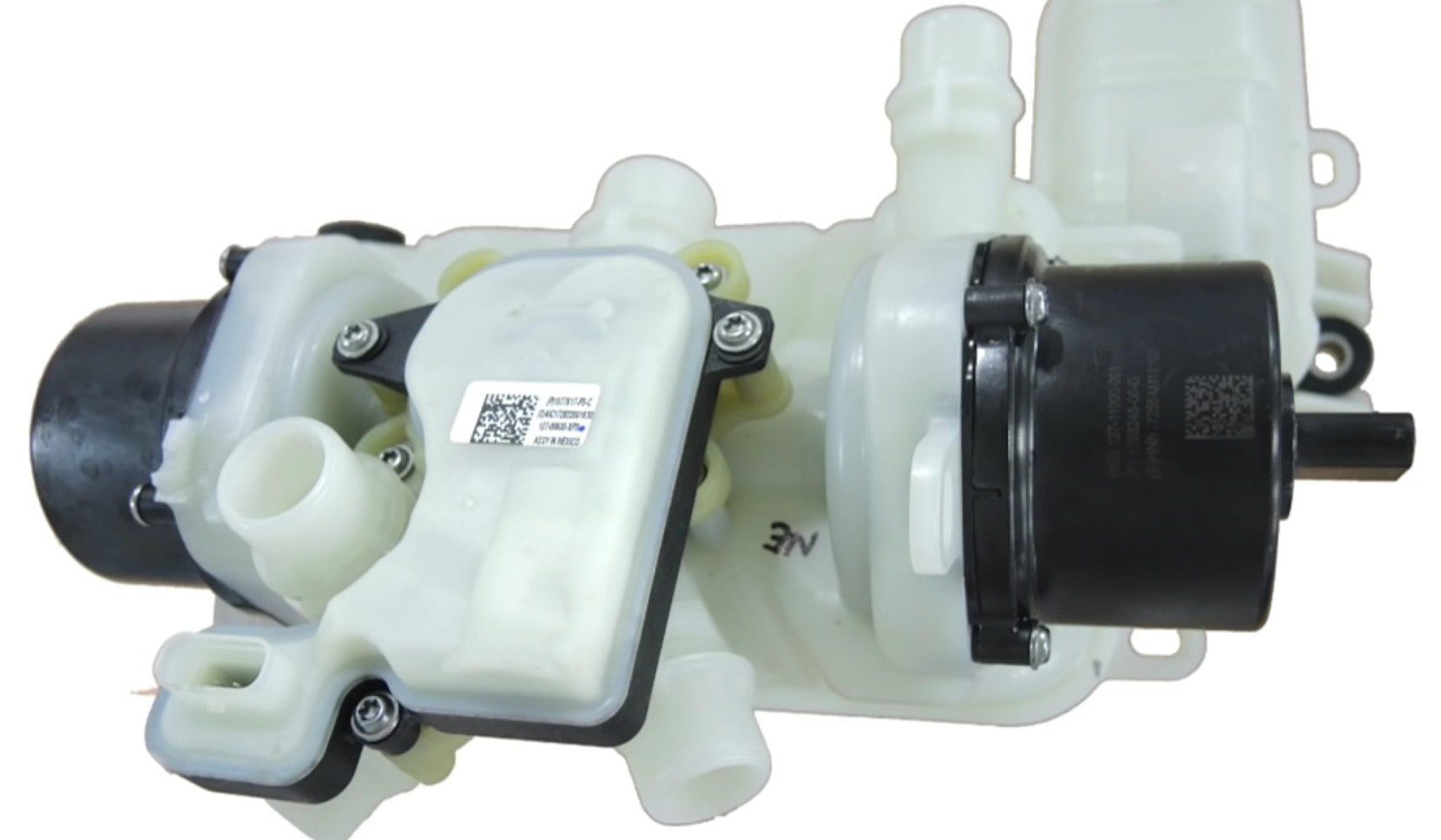Citaat:
Oorspronkelijk geplaatst door Tavek

Kzou zeggen, probeer jij dan maar eentje te bouwen in die design envelope en met de eisen die een Model Y er aan stelt.
Niet evident.
|
Zeker als de efficiëntie-eisen navenant zijn als bij de FSD HW 3.0 computer...
Citaat:
https://en.wikichip.org/wiki/tesla_(...pany)/fsd_chip
Full Self-Driving Chip (FSD Chip, previously Autopilot Hardware 3.0) is an autonomous driving chip designed by Tesla and introduced in early 2019 for their own cars
Power
Running the full software stack, the FSD computer dissipates 72 Watts. This is roughly 25% more than the 57 Watts the prior solution, HW2.5, dissipated. Off the 72 W, this includes 15 W which is dissipated by the NPUs. Compared to the HW2.5, running the exact software stack and sensors, Tesla reported a 21x improvement in frames per second.
FSD Computer | FSD Chip
72 W | 2x 36 W
|
Paul : verbruik en dus rendement daarom gaat het.
Zei maar zeker dat de eisen van Tesla serieus hoger liggen
als bij een warmtepomp van automerk X aan leverancier Y tegen prijs Z aan aantallen xxx k per jaar.
Ik denk dat Tesla die warmtepomp zelf maakt, zoals veel van hun energieverbruikende dingen. Minder verbruik = meer rijbereik per kWh batterijpack.
Mooi vb is de Superbottle in eigen regie:
Citaat:
https://www.teslarati.com/tesla-mode...ruption-video/
Tesla ‘Superbottle’ proves that the Model 3’s disruption lies in its vertical integration

August 23, 2019
During a recent interview with Tesla owner-enthusiast Sean Mitchell, Detroit veteran Sandy Munro of Munro and Associates mentioned that among the Model 3’s unique components, its “Superbottle” is one of the most innovative. Combining two pumps, one heat exchanger, and one coolant valve in one cleverly-designed bottle, the Model 3’s cooling system is arguably the most unique in the auto industry.
The traditional automotive industry is all about suppliers and outsourcing the different components of a vehicle to different companies. This results in cars having redundant components. The Chevy Bolt, for example, has three cooling systems: one for its battery pack, one for its cabin, and one for its electronics. This is not the case with the Model 3, as the fondly-named Superbottle handles the entire cooling system of the whole vehicle — battery pack, cabin, and electronics included.
The Superbottle has garnered much recognition even among noted gearheads such as Jalopnik‘s David Tracy, who used to design automotive cooling systems himself. Munro, for his part, noted that the Superbottle actually gives several advantages for Tesla, such as increased modularity and packaging space, potential weight savings, reduced final assembly costs, and reduced final assembly time, to name a few. For Munro, the novel cooling system is the very definition of Tesla’s vertical integration.
|